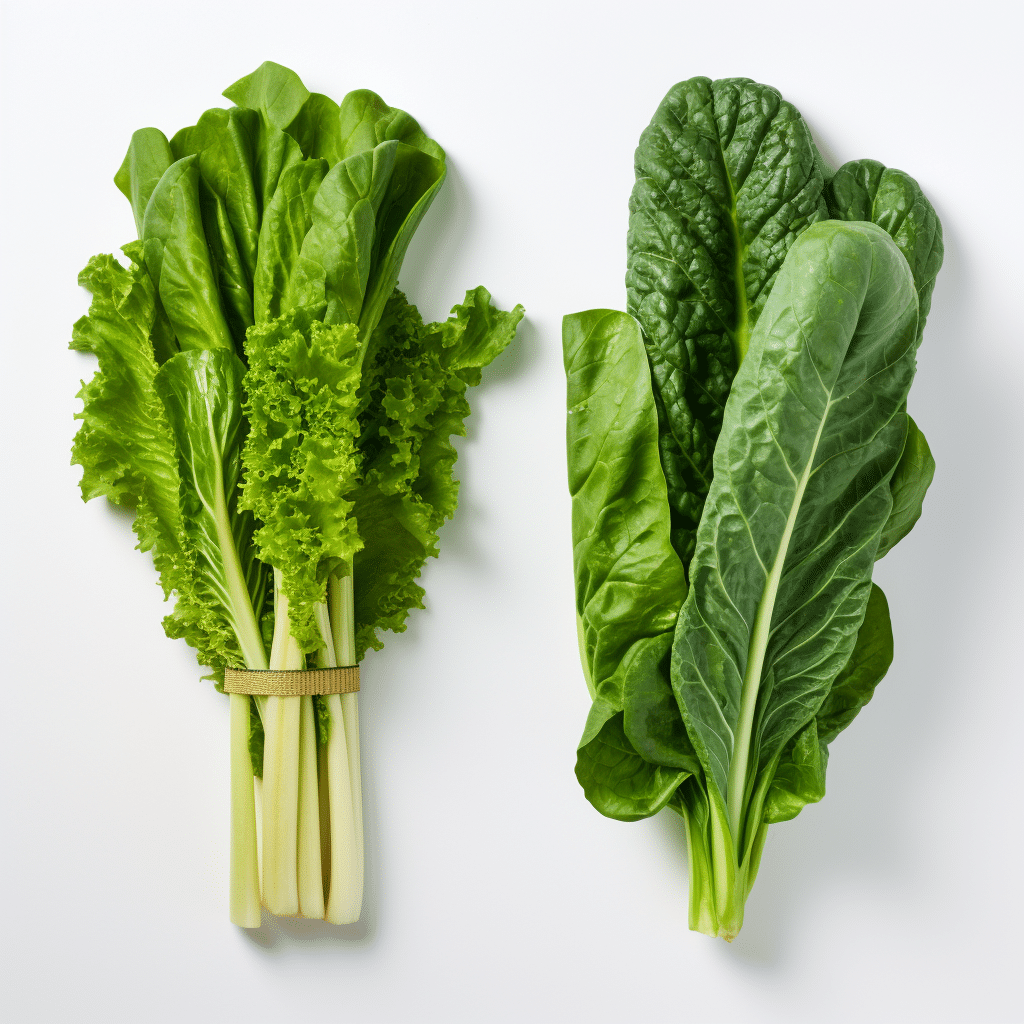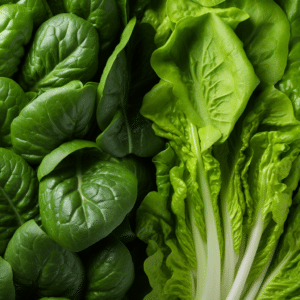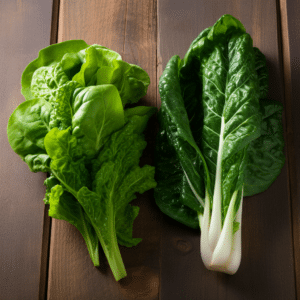
Escarole vs. Spinach: Comparing Nutrient-Rich Leafy Greens
Escarole vs. Spinach Comparison0Escarole vs. Spinach Comparison are two tasty, healthy and nutritious leafy green vegetables that are often confused. They are great additions to dishes, soups, salads, and more. Similarly, they are nutritional powerhouses that are almost identical. But which one is better?
Let’s compare these two powerhouse ingredients to help you decide which is best for your diet!

Escarole vs. Spinach: Overview
Escarole is a chicory-like vegetable that has been cultivated in Italy for centuries. It’s a chicory family member, which includes beets, endives, and escaroles. The leaves are long, thin, and taper to a point at both ends. They can be curly or smooth and have an almost shredded appearance.
In most cases, it is usually cooked alongside other veges and, occasionally, eaten raw. Basically, it has a slightly bitter flavor that can make it difficult to eat at first. But, once you get used to it, you’ll find that it adds another dimension to your meal—and that’s not all! It’s also packed with vitamins and minerals like folate and iron.
Escarole is often used in Italian cooking because it adds a bitter note to dishes without overpowering them with its flavor as other vegetables might. It’s also great for using older artichokes after they’ve gone bad or are past their prime.
It is often sold in the winter months at farmers’ markets and grocery stores because it’s one of the few salad greens that can be grown in cold weather.
Health Benefits of Escarole
There is a lot of debate about the health benefits of escarole. Some say it is a great addition to your diet, while others think it is not worth the trouble. Here are some reasons why you should include escarole in your diet:
Escarole contains vitamins A and C, which are important for your health
The vitamin A content in escarole helps with cell growth and repair. Vitamin C is essential for good immune system function and for absorbing iron from food.
Promotes healthy heart function:
Escaroles are high in dietary fiber and contain heart-protecting nutrients like potassium, magnesium, zinc, and folate.
It helps control blood sugar levels.
The insoluble fiber in escarole helps control blood sugar levels by slowing digestion and increasing fullness (although this effect may be only temporary). This makes escarole an ideal food for people who want to lose weight or prevent obesity because it slows down digestion without making you feel hungry longer than normal foods.
Protects against cancer:
It has a lot of antioxidants, like a form of beta (Vitamin A), which work to stop cancer cells from forming or growing in your body. Escarole also has lycopene, an antioxidant that keeps cancer cells about forming or spreading in your body.
Spinach
Spinach is one of the most popular vegetables in the world, and it’s easy to see why. It has a mild flavor that doesn’t overwhelm other ingredients and is delicious in both savory and sweet dishes.
It is native to temperate regions of Europe and Asia but has been Escarole vs. Spinach Comparison cultivated over much of the world as a leaf vegetable since antiquity. In North America, it is commonly consumed as a vegetable regardless of season, although there are differences between growing seasons.
Spinach is prevalent in many cultures for its nutritional benefits. In addition to being high in vitamins A and C, it also contains folate and minerals such as phosphorus, calcium, and iron, which are essential in normal body functioning.
More than just a leafy green, spinach is also beneficial for its versatility. It can be used as an ingredient in salads, sauces, soups, and stews.
Health Benefits of Spinach
Spinach is a low-calorie vegetable rich in Vitamin A, C, and K. Spinach also contains folate, iron, magnesium, and potassium.
The health benefits of spinach include:
Boosting immunity
Spinach contains vitamin C, which helps boost the immune system by keeping your body’s cells healthy and strong. Vitamin C also helps build collagen, which helps keep skin soft and supple.
Like blueberries, spinach encompasses antioxidants that hinder free radicals from doing harm before they can. Free radicals are created by the normal functions of the body as well as by pollution, smoke, and other things that come from the outside. These free radicals can damage cells and play a role in the development of diseases like heart disease, cancer, and long-term inflammation.
Protecting eyesight
Spinach contains lutein and zeaxanthin, which help prevent macular degeneration, the leading cause of blindness among older people. Eating spinach regularly can help protect your eyesight from this common eye disorder caused by the buildup of free radicals in the body’s cells.
Lowering cholesterol levels
Spinach contains phytosterols which have been shown to lower cholesterol levels in blood tests. Phytosterols are plant-based chemicals found in many foods, including nuts, seeds, grains such as oats, barley, wheat bran, and fruits such as avocados.
Ultimately, spinach also contains calcium, magnesium, potassium, and phosphorus, all important minerals our bodies need. These minerals help keep bones healthy and strong while they support normal nerve conduction throughout our bodies.
How Escarole and Spinach Compare
Although they both grow up in the same family, escarole and spinach are very different from each other. Escarole is a member of the chicory family, while spinach is not. Both are leafy greens that are grown for their leaves and stems. However, spinach has a stronger flavor than does escarole.
Escarole has a more bitter taste than does spinach, but both can be used interchangeably as a salad ingredient. In fact, some people prefer escarole over spinach because it has less sugar content than does spinach.
Comparatively, the lipid and carbohydrate content of escarole and spinach are very similar, however the vitamin and mineral content is rather different. Vitamins, fiber, and mineral content of spinach are superior than those in its competitor.

Bottom Line
Escarole vs. Spinach Comparison Ultimately, the choice between the two is completely yours. Both of these ingredients are nutritious and healthy. If you enjoy spinach but want to try something new or expand your culinary skills further, spaghetti with spinach could be an ideal recipe for you.
Spinach and tomato sauce come together in this recipe to make a delicious comfort food that will wow your family and friends, even if they don’t know what escarole is. But escarole might be a good choice if you’re looking for a veggie that is easy to find and can be used in most recipes.
It’s Escarole vs. Spinach Comparison reasonably priced, easy to find in grocery stores year-round, and it works well in vegetable soups and many pasta recipes.